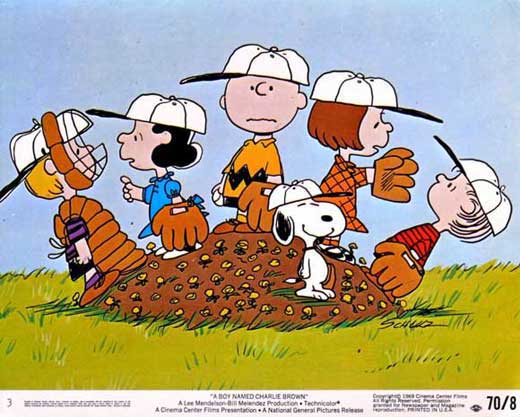My contribution to the For the Boys blogathon, hosted by
The Scarlett Olive.
When I first heard about this blogathon, I immediately thought about men who went against type casting and stood out from other actors of the era. One of these men is Sidney Poitier, a favorite actor of mine. Poitier began acting in the 1950s and has been a significant icon in the film industry ever since. Some of his most popular films include
The Defiant Ones,
Lilies of the Field,
A Patch of Blue,
Guess Who's Coming to Dinner and
To Sir, With Love, all of which I'll be writing about in this post. I will also be including excerpts from Poitier's autobiography
The Measure of a Man in which he writes about each of the films discussed.
In 1958, Poitier starred alongside Tony Curtis in Stanley Kramer's The Defiant Ones. The film is about two escaped convicts, one white and black, who are chained together and must co-operate together in order to prevent capture. Curtis and Poitier were both nominated for Academy Awards- the first time an African American man had ever been nominated (both lost to David Niven). Poitier writes:
"Greed and cruelty are pretty widely distributed throughout humanity, as are their victims. You can have oppression of one sort or another all across the board culturally speaking, and all across the board racially speaking, and all across the board religiously speaking. The down-and-out characters played by Tony Curtis and me in The Defiant Ones weren't willing to give any credence to this commonality until their experience thrust it right up in their faces and they could no longer ignore it. That's why, at the end, they wound up on that railroad trestle, one guy holding the other guy, struggling to survive, hanging on, but singing a song, a song of hope." -pg 103

Six years after receiving his first nomination, Poitier became the first African American man to win an Oscar for Lilies of the Field. Directed by Ralph Nelson and adapted from the novel by William Barrett, the film tells the story of a man (Poitier) that meets a group of German nuns who believe God sent him to build them a new chapel. Poitier writes of his win and the effect it had on him:
"In 1964, I was awarded the Oscar for best actor in Lilies of the Field, the first African-American so honored. Did I say to myself, 'This country is waking up and beginning to recognize that certain changes are inevitable'? No, I did not. I knew we hadn't 'overcome' because I was still the only one. My career was unique in all of Hollywood....When I realized that I could be a better than utilitarian actor, I realized that I had the responsibility, not as a black man, but as an artist, to exercise tremendous discipline."-pg 107
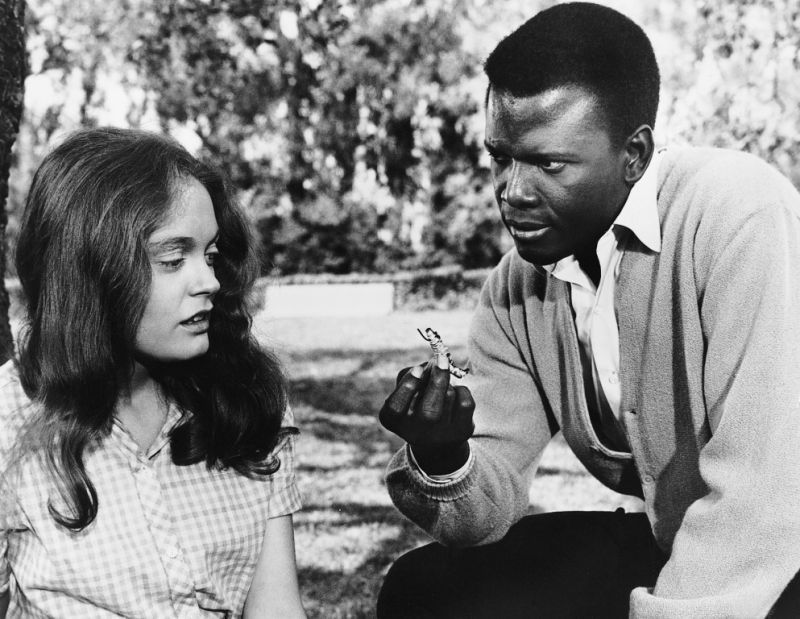
In 1965, Poitier costarred with Elizabeth Hartman and Shelley Winters in A Patch of Blue. Directed by Guy Green, the film is about a blind Caucasian girl (Hartman) who falls in love with a black man. When released, A Patch of Blue caused a great deal of controversy as the United States was racially divided at the time. Scenes of Poitier and Hartman kissing had to be cut from the film when it ran in film theaters in the Southern states (these scenes are included in the DVD version and on Turner Classic Movies' airings). Poitier talks about his mindset while filming:
"...I was dipping into emotional pockets that were new to me. This was a white girl, and we were in 1960s America. This was a revolutionary attempt at filmmaking, so I was mentally awake in every way. I had my eye out, my ear out, and I was quite primed to make sure that nothing untrue, uncomplimentary, or stereotypical occurred. I wanted to make sure that the story was told with dignity and respect for the questions involved. This wasn't the story of an interracial couple, mind you. This was simply a guy trying to help a young girl who was in need. It was a very human story." -pg 110

My favorite of Sidney Poitier's films is Stanley Kramer's Guess Who's Coming to Dinner. Released in 1967, the film tells the story of a white woman (Katharine Houghton) who brings her black fiancee (Poitier) home to meet her parents (Katharine Hepburn and Spencer Tracy, in his last film). This was a groundbreaking point in film history, as it confronted the subject of interracial marriage, which was still illegal in seventeen states at the time. Poitier writes about meeting Hepburn and Tracy before production on the film began:
"The truth of the matter is that the formation of this business relationship was almost a literal "pre-enactment" of the situation in the film we were about to make. The black man was coming for dinner, and we usually didn't do that....They were going to enter into an intense creative partnership in which they would take on one of the primal taboos of our culture, interracial marriage- and 'we usually don't do that,' either." -pg 122
The fifth and final film I'm going to mention is To Sir, With Love. Also released in 1967, this film is about a black high school teacher (Poitier) and his experiences in a class full of white students (Coincidentally, Poitier had played a rebellious student twelve years earlier in Blackboard Jungle). Racial issues are mentioned, but the prominent subject focuses on the teenage angst and the inspiration the students receive from Poitier's character. Poitier discusses the impact his character had on the students:
"By the end of the film he had transformed his class into a group of interesting people, most of whom were thinking about going further in education, most of whom were feeling much, much better about themselves and were willing to give each other the benefit of the doubt, who were able to offer respect and to receive respect quite openly. He did all this for them, but he also showed them that they were still the same people that they had been- only better." pg 188
That's about it for this post. I highly recommend all five of Sidney Poitier's films that I discussed. Thanks to Hilary and Katie at the
Scarlett Olive for hosting this blogathon!


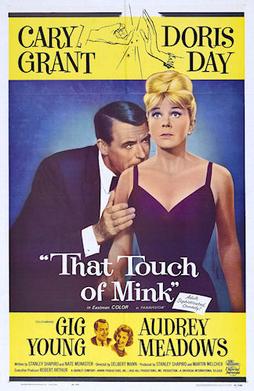


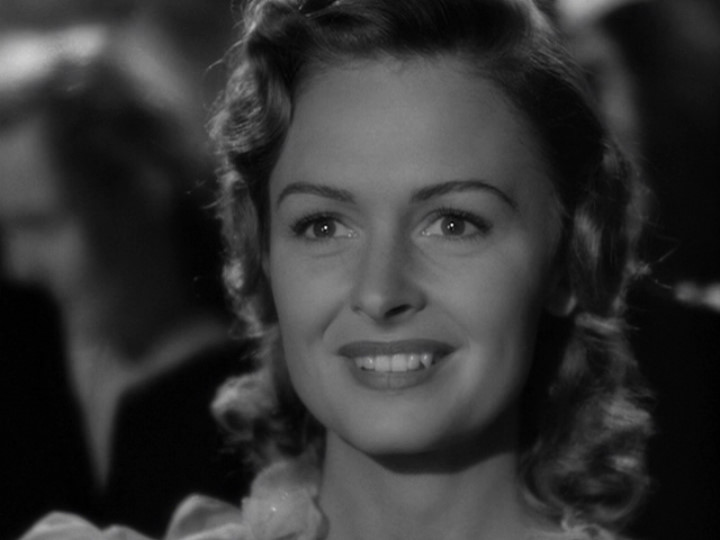









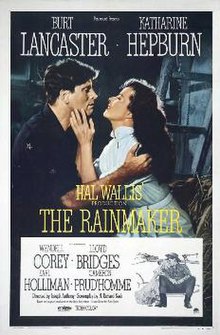


_01.jpg)











